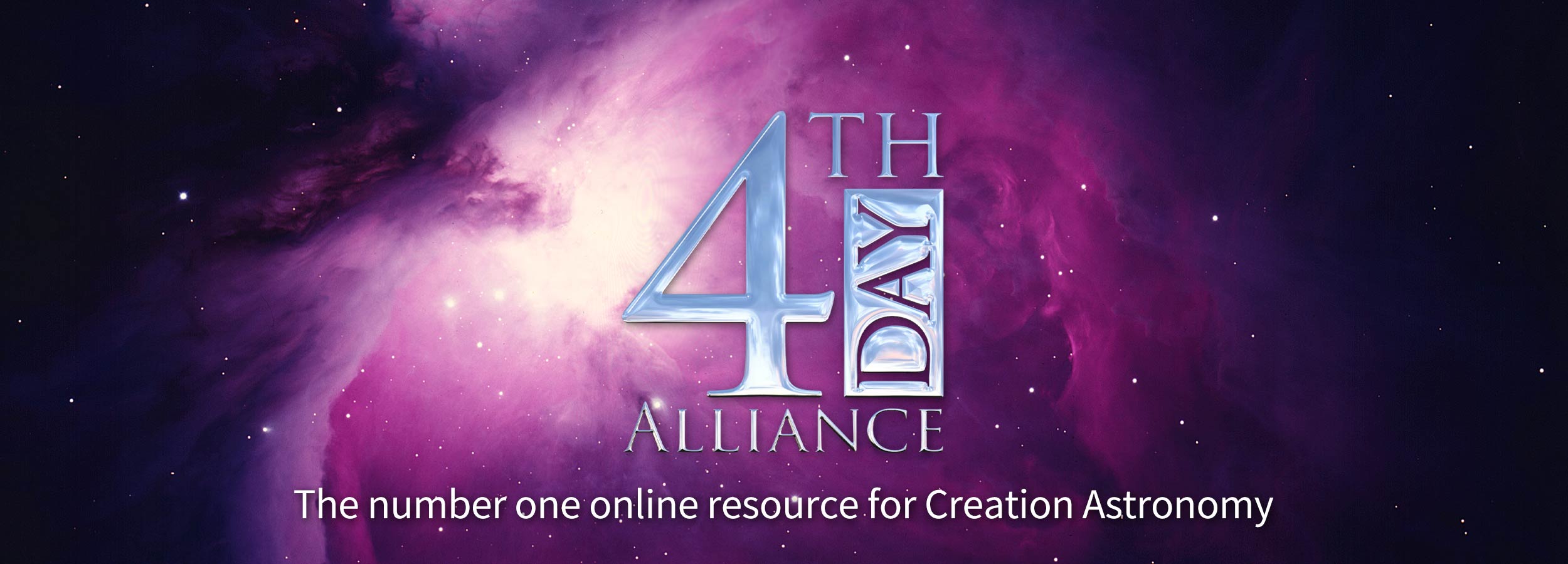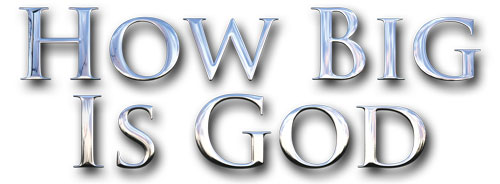
Signs and Seasons REVIEW by Deborah Cariker

“Classical Astronomy is very different from the more familiar Modern Astronomy,” Ryan explains in his introduction. “Essentially, Classical Astronomy is the visual observation of the motions of the celestial bodies – the simple act of studying the cycles of the Sun, Moon, and stars with our unaided eyes … we can learn useful and practical skills, such as how to tell time and navigate by the sky … Many people look up at night wishing to understand what they see, but instead finding a crowd of unknown stars.” (author’s emphasis) And it’s that disappointment that Ryan’s book can solve.
One of the boons of the homeschooling adventure is “learning together”, and Ryan capitalizes on that. Parents, don’t hand this to your children and turn aside; go with them into this amazing trek through history and science blended together into Signs & Seasons. This curriculum could easily be titrated for younger students, with parents’ careful and helpful explanations. It also can be a source of history, Bible study, Bible memory verses, and handwriting practice (remember those memory verses?). Homeschooling families will find much more than just a science book in Ryan’s work. Most families sincerely appreciate a textbook that covers more than one subject, and this one does.
The book’s frontispiece font and graphics immediately attracts the eye; it is created purposely to resemble old American colonial “almanacks” (sic). What a fun idea! Illustrations, including Ryan’s own original work, dot each page, lending more and more understanding to each chapter, that being seven plus prologue and epilogue. The vocabulary is on-target with the proposed middle school-plus target group, and Ryan provides a helpful glossary for unfamiliar terms (note to self: Spelling/Vocabulary Words for a Language Arts tie-in!!). He also includes a plethora of quotes from historical sources, making this quite a well-rounded text. This is also a text aimed at correcting the mishandling of the subject of astronomy and “reclaiming our lost astronomical heritage”. It’s also a book that easily may lead readers to retrace God’s “forever” ordinances of the Old Testament.
“This book will show that Classical Astronomy was part of the average person’s knowledge base throughout history until about the mid-nineteenth century, when the LORD’s celestial timekeepers were replaced by clocks and other artificial instruments,” Ryan explains.
As students study the day, the month, and the year, they’ll learn how heavily ancestors depended on the Lord, and on His displays in the heavens. Ryan wants readers to see more than just a pretty sunset; he desires to lead students into understanding of the import of the stars, moon, sun, shadows, and planets and how to use those celestial creations to tell time, mark seasons, grasp our 2000-year-old calendar, and understand literature and Bible references, idioms of language, Church history, and even land surveying! (And, if the author wants to really understand the “lag of seasons” as discussed in chapter 5, he should trot down to Texas where we can regale him with triple-digit, August heat plus sweltering humidity!)
Ryan starts with very basic information and works his way through thorough teachings, meaning that novices (students and parents) will learn quickly and acquire new skills in a short time. Readers should not feel overwhelmed or inadequate to the task of learning classical astronomy. Ryan’s textbook is very friendly to the non-astronomer. Having never taken a course in astronomy, Ryan surprised me: a quarter of the way into the book, I was understanding more and more about the workings of the celestial bodies, and could even point out to myself quite a few constellations. Between the words, helpful illustrations, and field activities, Signs & Seasons should appeal to many learning styles and a variety of ages.
-----------------------
Pros: strong Biblical foundation for teaching; offers “tie-in” with other subject areas; uses primary sources throughout; thorough index; very helpful biographies of quoted authors; seven astronomical tables for finding stars and planets is a thoughtful and fun inclusion.
Cons: color pictures would “spruce up” the look of the book and help in its appeal to students who are unaccustomed to black-and-white illustrations
Star Rating: 9

Signs and Seasons REVIEW by Lareina Chavoya

Jay Ryan reinforces his claim of astronomy’s importance in history by including Bible quotes as well as quotations from classic authors such as Pliny the Elder and Basil the Great. Ryan’s prologue, seven chapters, and epilogue are replete with the words of historic sources which emphasize that practical astronomy was widely understood and practiced in earlier centuries (where everyone knew how to tell time and find direction by the sun, moon, and stars). By citing these classic works, the author desires to inspire the student to consult the primary sources for their knowledge.
In discussing classical and modern astronomy, he defines classical astronomy as the study of the sun, moon, and star’s cycles with unaided eyes. However, modern astronomy is based on measurements taken from telescopes and other artificial instruments. The author reassures that his book will reveal the practical side of astronomy and he does that through his own illustrations and simple explanations of the celestial objects and their cycles.
Unlike other astronomy books, Ryan’s Signs and Seasons is based on the Biblical purpose for the sun, moon, and stars as stated in Genesis 1:14. The Bible tells us that they were created for signs and seasons and for days and years. With this purpose in mind, the author explains the cycle of the greater and lesser light, the zodiac, the cycle of the year, the seasonal skies, and the wandering stars in great detail. In his heavily illustrated chapters, the celestial basis for timekeeping and navigation is taught. By studying the natural cycle of the heavens, you will see how they have allowed us to measure the days of our own lives as well as human history. Learning about this precise order of God’s creation in the heavens will build your faith and cause a greater sense of awe the next time you look up at a dark sky or when you feel warmth from the enormous sun!
As an added feature, you will learn the difference between astronomy and astrology and read an interesting section about why our modern calendar is a product from centuries of astronomical observation. After his last chapter, Ryan includes a fun section of field activities with instructions on how to create a field journal. Such activities as creating a backyard compass and making sketches will engage your young student (and you, too!) while reinforcing each chapter lesson with visual, hands-on activities.
After reading Ryan’s book, you will be equipped to approach the skies with sound knowledge and understanding that’s Biblically based. “Signs and Seasons” is just the right astronomy tool not only for a generation of Christians that have been bombarded with a secular worldview, but it’s so needful for our future generations so that they will stand confidently with the power of God’s Word regarding creation and teach their children to do the same!
Pros: engaging, easy-to-follow illustrations. A glossary of related terms, a biography of quoted authors, and a section of astronomical tables are concise and helpful. Also, Signs and Seasons has a companion volume, Signs and Seasons Field Journal and Test Manual, that can be used for establishing high school credit.
Cons: all chapter “field activities” are placed in the back of the book. It would be more appealing/convenient to place them at the end of each relative chapter for those desiring to use the book as curriculum.
Star Rating: 9

ADDRESS:
4th Day Alliance
1317 Edgewater Dr #5077
Orlando, FL 32804
(208) 477-1825
4th Day Alliance
1317 Edgewater Dr #5077
Orlando, FL 32804
(208) 477-1825

